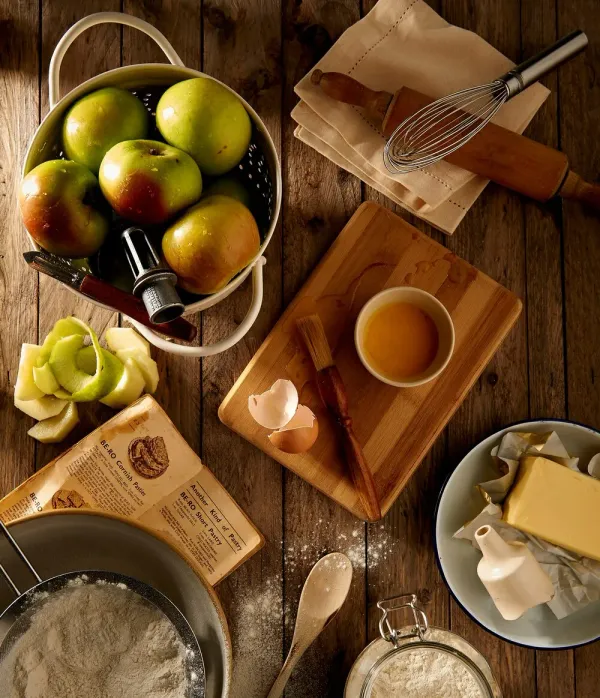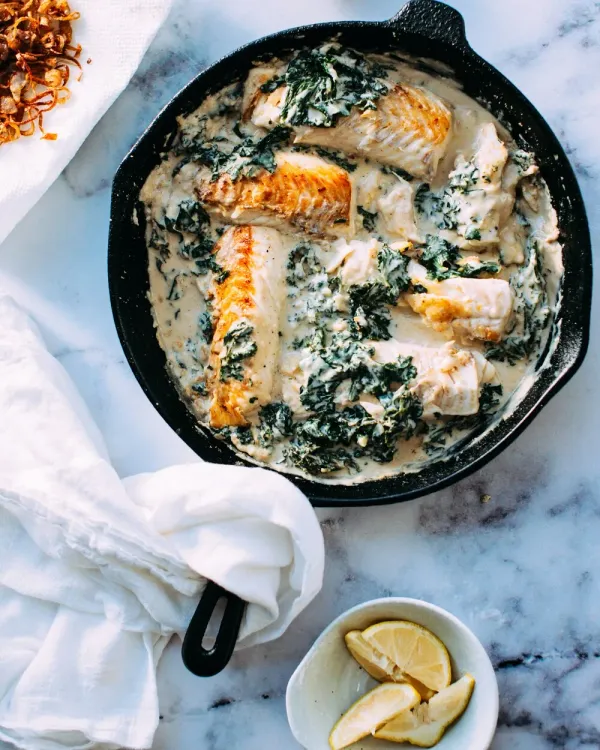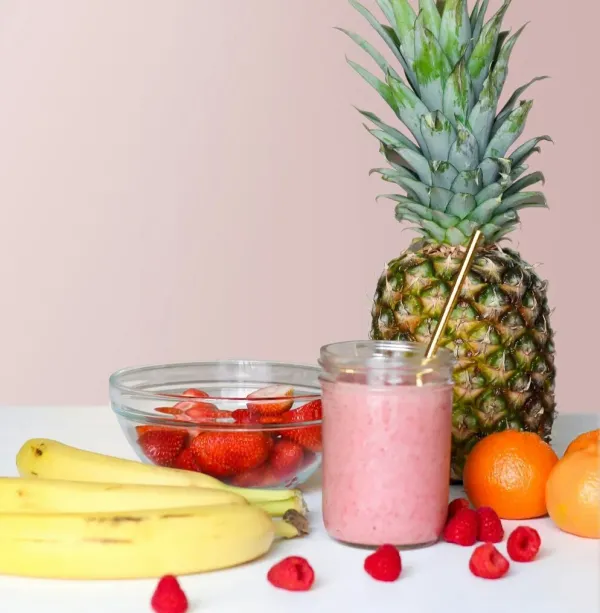Best Ways to Count Calories When Eating Out at Restaurants

Eating out at restaurants can be a delightful experience, but it can also be a challenge when trying to stick to a healthy diet or keep track of your caloric intake. With tempting menu options and larger portion sizes, it's easy to consume more calories than intended while dining out. However, there are effective ways to manage your caloric intake and make healthier choices at restaurants. In this article, we will explore some of the best strategies for counting calories when eating out, including menu decoding, portion control, and smart ordering techniques. By utilizing these methods, you can still enjoy dining out without sacrificing your health and fitness goals. So next time you're faced with a menu full of delicious but calorie-laden options, you'll be well-equipped to make informed choices that align with your dietary needs.
Tracking calorie intake when dining out can be challenging, but with the right strategies and tools, it’s possible to stay on track with your nutritional goals. Don’t forget to monitor your calories and macros. Here are some effective ways to manage and count your calories while enjoying meals at restaurants.
How can you track calorie intake when dining out?
1. Plan Ahead: Look up the menu online before you go to ensure you know how many calories you’re eating. Many restaurants provide nutritional information on their websites or you may get the information from FoodIntake app.
2. Choose Wisely: Opt for dishes that are grilled, baked, or steamed instead of fried. Avoid sauces and dressings which can add hidden calories. Aim for meals under 200 calories to manage your caloric intake and lose weight.
3. Maintain a food diary: Keep a record of what you eat and your calorie count in check. This helps you stay aware of your calorie intake and make adjustments if necessary.
What tools help count calories at restaurants?
Apps like FoodIntake aims to help you lose weight and have AI feature to generate food and drink logs with their number of calories per meal, macro and micronutrients, portion sizes and quantities. Effortless logging and the easiest way to track from a meal's text description or image/photo of a meal from gallery or made by a camera. It provides highest level of precision with features for editing log's portion sizes, quantities, adding missing ingredients or wrong ones, and even changing individual sizes of each ingredient of a logged meal. Keep your calorie intake low but first you have to know it.
Can you use a food tracking app when eating out?
Yes, food tracking apps are very effective for dining out. They allow you to search for restaurant dishes and log your meals in real time.
Is logging food intake effective in a restaurant setting?
Logging food intake in a It helps keep you accountable and gives you a clear picture of your calorie consumption.
What are some methods to estimate portion sizes when eating out?
1. Use Your Hand: A serving of meat or fish is about the size of your palm. A serving of vegetables or fruit is about the size of your fist.
2. The Plate Method: Fill half your plate with vegetables, one quarter with protein, and one quarter with carbs.
How accurate is visual estimation of calorie count?
Visual estimation can be useful but is not always accurate. Practice makes perfect, and using standard measurements at home can improve your estimation skills.
Visual estimation can be useful but is not always accurate. Practice makes perfect, and using standard measurements at home can improve your estimation skills.
Can you use your hand to estimate calories?
Yes, using your hand to estimate portion sizes is a practical and easy method:
• Palm: Protein
• Fist: Vegetables/Fruits
• Cupped Hand: Carbs
• Thumb: Fats
What about using the plate method to count calories?
The plate method helps balance your meal, control portions, and keep your calorie intake in check, especially for one meal. It ensures you get a variety of nutrients while managing calorie intake.

How to interpret calorie information on a restaurant menu?
1. Check Serving SizeEnsure the calorie count matches the portion you’re served and helps you lose weight.
2. Beware of Extras: Additional toppings, sides, and dressings can add significant calories.
What do calorie counts on menus actually mean?
Calorie counts are estimates of the energy provided by a serving of the dish. They are based on standard recipes and portions. Calorie counts on menus provide consumers with information about the number of calories in a particular dish. This can help individuals make more informed choices about their food intake and potentially make healthier choices when dining out. Calories are a measure of the energy provided by food and beverages, and consuming more calories than the body needs can lead to weight gain. By providing calorie information on menus, restaurants and food establishments are giving customers the opportunity to make more conscious decisions about their food choices.
Are these calorie counts reliable?
While generally reliable, they can vary due to portion size and preparation methods. Use them as a guide rather than an absolute measure. It is always a good idea to double-check with the manufacturer or reference multiple sources when determining the calorie count of a specific food item. Additionally, keep in mind that individual differences in metabolism and digestion may also impact the actual number of calories absorbed by the body. Don’t forget to account for variations.
How can you estimate calories without menu info?
1. Generic Dishes: Use app databases for generic versions of the dish.
2. Visual Estimation: Practice estimating portion sizes and calorie content. 3. Ingredient Awareness: Be familiar with common ingredients used in dishes and estimate calories based on their individual calorie content.
4. Use a Food Scale: Weighing ingredients can help you estimate calories more accurately.
5. Use Calorie Counting Guides: Look up calorie counts for similar dishes online or in calorie counting guides.
6. Use FoodIntake app: If you are dining out, ask the app for information on ingredients by capturing its image and analysing it with AI
What tips help in identifying high-calorie foods?
1. Look for Red Flags: words like “fried,” “creamy,” “breaded,” and “smothered” indicate dishes with many calories at a restaurant. Don’t forget to consider the calories and macros.
2. Side Dishes: Be cautious with sides like fries, coleslaw, and mashed potatoes.
What restaurant foods add extra calories?
1. Sauces and Dressings: Often high in fat and sugar.
2. Beverages: Alcoholic drinks and sugary beverages can add up quickly.
3. Desserts: Typically high in sugar and fat.
4. Fried foods: Foods that are deep fried or battered tend to be higher in calories.
5. Cheese and toppings: Adding extra cheese, bacon, or other high-fat toppings to dishes can significantly increase the calorie content.
6. Bread and breaded items: Breaded meats and sandwiches can also add extra calories, especially if they are made with white bread.
7. Large portion sizes: Many restaurants serve oversized portions, leading to a higher calorie intake.
8. Processed meats: Items like sausage, bacon, and deli meat are often high in calories and added fats.
9. Creamy soups and sauces: Cream-based soups and rich sauces can be high in calories due to added cream or butter.
10. Fast food items: Foods from fast food restaurants tend to be higher in calories due to their preparation methods and often large portion sizes.
Consider how many points out of ten has a regular cheeseburger.
How to avoid hidden calories in dishes?
1. Ask for Modifications: Request dressings on the side, no butter, and steamed vegetables.
2. Simpler Preparations: Choose dishes with fewer ingredients and simpler preparations.
Are there certain foods you should always avoid?
While it’s not necessary to avoid any food completely, be mindful of the calories per serving.
• Fried Foods
• High-Sugar Desserts
• Heavy Cream Sauces
• Processed meats
• Sugary drinks
• High-sodium packaged snacks
• Trans fats and hydrogenated oils
• Artificial sweeteners
It's important to remember that moderation is key, and enjoying these foods in small amounts on occasion is perfectly fine. It's all about balance and making healthy choices most of the time.
How to maintain a calorie deficit while eating out?
1. Portion Control: Share dishes or take half home.
2. Skip the Extras: Avoid bread baskets and excessive sides helps you to avoid consuming unnecessary calories and macros.
What strategies can help keep calorie counts low?
1. Start with a Salad: Helps fill you up with fewer calories.
2. Drink Water: Avoid high-calorie drinks.
3. Order First: Prevents being influenced by others’ choices and knowing how many calories you’re consuming.
4. Choose lean proteins: Opt for grilled chicken or fish instead of fried options.
5. Substitute high-calorie sides: Choose steamed vegetables or a side salad instead of fries or chips.
6. Portion control: Take half of your meal home for another meal, or split an entree with a friend.
7. Avoid added sugars: Opt for unsweetened beverages and avoid desserts with high sugar content.
8. Be mindful of portion sizes: Use smaller plates and bowls to help control portion sizes.
9. Avoid unhealthy toppings: Skip the cheese, bacon, and creamy dressings that can add extra calories.
10. Plan ahead: Look at menus online before dining out and choose healthier options in advance.
Can you still enjoy desserts and stay within your calorie limit?
Yes, share a dessert or opt for healthier options like fruit. Moderation is key. Some lower calorie dessert options include:
- Fresh fruit salad
- Greek yogurt with a drizzle of honey and some nuts
- Dark chocolate covered strawberries
- Frozen yogurt or low-fat ice cream
- Chia seed pudding
- Baked apples with cinnamon and a sprinkle of granola
You can also try making healthier versions of your favorite desserts by using substitutes like almond flour, coconut sugar, and unsweetened applesauce. Just remember to keep portion sizes in check and enjoy treats in moderation to stay within your calorie limit.
How to choose low-calorie options while dining out?
1. Grilled or Baked: the cooking methods usually contain fewer calories at a restaurant, choose them over fried.
2. Veggie-Loaded: Opt for dishes heavy on vegetables.
3. Lean Proteins: Chicken, fish, and plant-based proteins are good choices.
By using these strategies and tools, you can enjoy dining out while staying within your calorie limits and maintaining your nutritional goals.









